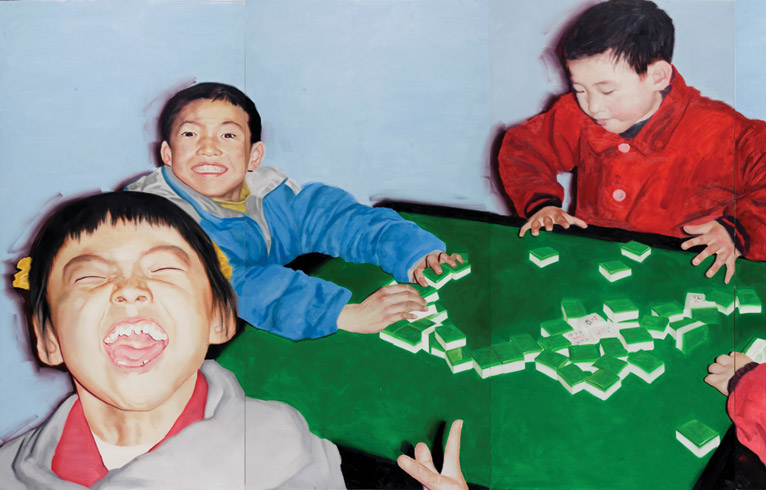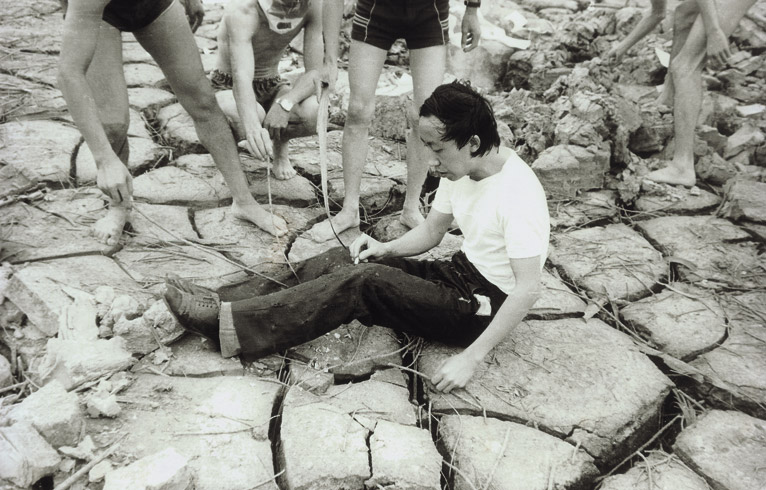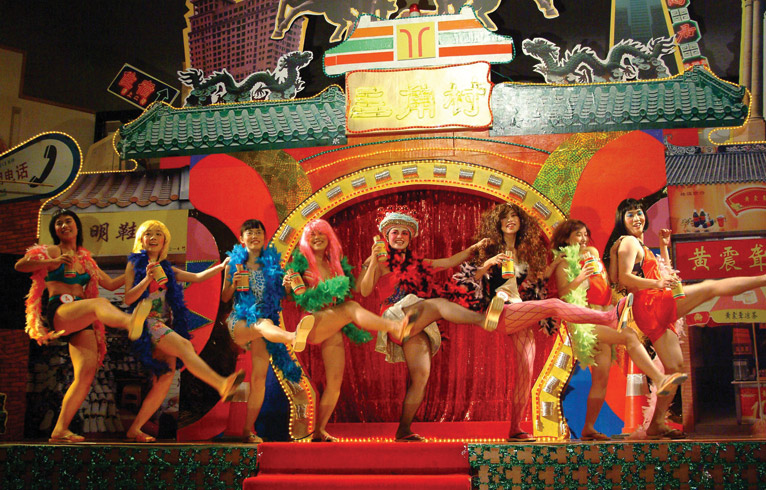NOTIONS OF HOME
| October 1, 2010 | Post In LEAP 5
[portfolio_slideshow timeout=7000 exclude=”5852″]
In this issue, we ask ourselves a few questions: Is there any connection between the places artists come from and the art they make? Why do artists leave their homes, and how do they return? What does being from a particular place mean for an artist’s self-construction, artistic creation, and career development? Do artists from one place share things—a common style, working method, interest, or simply medium? What do relations look like between artists from a single place; how do they come together and drift apart? Does the common language of a shared place make for understanding and cooperation?
We know these questions have no simple answers, that they deserve careful observation. In the name of multiplicity, we have chosen four areas to look at: Dongbei, Fujian, Sichuan, and Guangdong.
DONGBEI: LIU XIAODONG, SMALL TOWN HERO
Liu Xiaodong is not a typical “Dongbei Artist,” and was active in Beijing very early on. But he has maintained a private connection to this place; like a family background, his roots are permanent and unalterable. After having broken away, reconnecting is an encounter that is both extremely estranging and extremely personal. As he brings his gaze and body back to his home environment, he must not only confront the canvas, but his own emotions.
SICHUAN: THE PLACE BEHIND THE LOVE
Inside the Chinese art world, people tend to think of the Sichuan artists (which we should define as those coming from the southwestern area of China centered on Chongqing and Chengdu) as belonging to a tight, perfectly ordered community. In a market still mainly driven by painting, the “Sichuan Army” is seen as a pillar holding up half the Chinese art world’s sky. Sichuan is a phenomenon: every few years, it seems, a new group of Sichuan painters bursts onto the scene.
FUJIAN: THE BEST EDUCATION
Most artists are reluctant to admit the influence of home and childhood on their works, but Fujian artists are especially gifted at finding material in their backgrounds, or developing a system of their own. In the world of art, Fujianese have their own “dream team.” But the Fujian crew does not exist as a shared entity in terms of artistic style. Fujianese who have left home are seen as loners, often described as “a forest of lonely trees” in a metaphor that takes its cue from the province’s characteristic banyans.
GUANGDONG: THE RISE AND FALL OF A REGIONAL FANTASY
The contemporary art world’s concept of the “Guangdong artist”—emerging from the haze of the growing Pearl River Delta cities of the mid-1990s, flourishing through the first years of the new century, and fading as the entire ecology of the art world grew—is almost far enough behind us to allow for some preliminary historical reflection.





